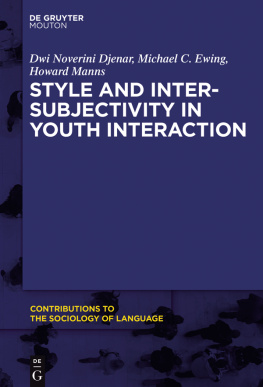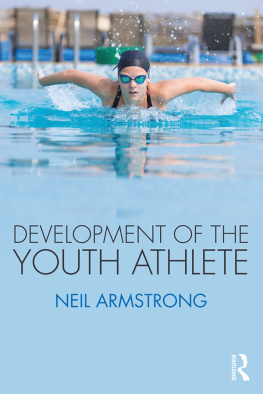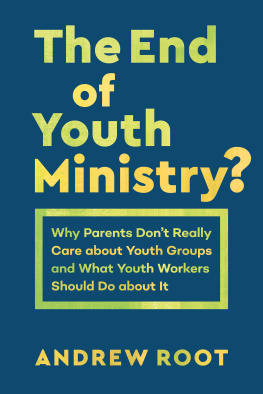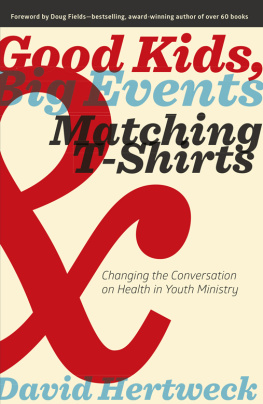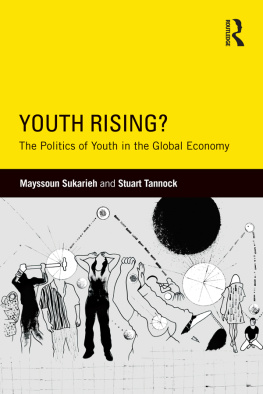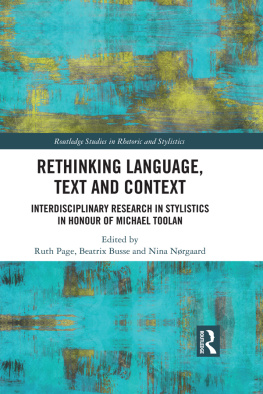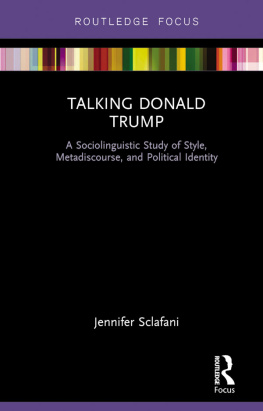Contents
Guide

Dwi Noverini Djenar, Michael C. Ewing, Howard Manns
Style and Intersubjectivity in Youth Interaction
Contributions to the Sociology of Language

Edited by
Ofelia Garca
Francis M. Hult
Founding editor
Joshua A. Fishman
Volume 108

ISBN 978-1-61451-755-9
e-ISBN (PDF) 978-1-61451-643-9
e-ISBN (EPUB) 978-1-5015-0070-1
ISSN 1861-0676
Library of Congress Cataloging-in-Publication Data
A CIP catalog record for this book has been applied for at the Library of Congress.
Bibliographic information published by the Deutsche Nationalbibliothek
The Deutsche Nationalbibliothek lists this publication in the Deutsche Nationalbibliografie; detailed bibliographic data are available on the Internet at http://dnb.dnb.de.
2018 Walter de Gruyter Inc., Boston/Berlin
Cover image: sculpies/shutterstock
www.degruyter.com

We dedicate this book to our parents:
Widjanarko Djenar and Puji Yuanasari Kusumawardhani
Paul and Barbara Ewing
Howard Manns Sr. and Christina Myers
Acknowledgments
This book is the product of a collective intellectual exploration and a shared interest in the language practices of young people in Indonesia. Through numerous meetings, both face-to-face and via Skype, we have discussed and debated different theoretical concepts as well as the many examples that appear in this book. Though the three of us have known each other for some years, writing a book together has afforded us the opportunity to appreciate the differences in our academic background and interest and given us the courage to meet the challenge of aligning differing analytical perspectives in order to provide a rich account of the multi-situated nature of language use. Meeting that challenge was not always easy but was always a fruitful process.
When we embarked on this project, we knew that examining youth language practices would be a satisfying endeavour. We are very grateful to the young participants in Bandung and Malang for allowing us to record their conversations, and to authors of Teenlit in Jakarta, Bandung, Yogyakarta and Surabaya for granting us interviews. Editors of Teenlit at Gramedia Pustaka Utama and Gema Insani in Jakarta, and Mizan in Bandung have been particularly welcoming. We also thank Simon Chandra of Cendana Art Media Publishers, Sheila Rooswitha Putri and Ronny Amdani of Curhat Anak Bangsa Publishers for kindly granted us permission to reproduce the comic work presented here. We owe a debt of gratitude to our research assistants, who dedicated many hours to transcription and annotation, and helped us with the occasional tricky teen word or youth cultural reference: Eliyana, Refdinal Hadiningrat, Asdit Leonitara, Linda Mayasari, Harni Kartika Ningsih and Catrine Ana Prastyari. Particular gratitude is due to Enung Rostika, who led the collection and transcription effort in Bandung, and Catur Siwi Dia Rachmatika, who did the same in Malang. Our sincere thanks also go to Jo Taylor whose keen editorial eye efficiently refined this manuscript in its closing days.
Our respective institutions have provided study leave to enable us to work on this project and financial support in the form of travel grants, research assistant funding and editing assistance. We are grateful for the generous support provided by the University of Sydney (Faculty of Arts and Social Sciences), the University of Melbourne (Faculty of Arts) and Monash University (Faculty of Arts). Novi would also like to thank the Research Institute for Languages and Cultures of Asia and Africa (ILCAA) at Tokyo University of Foreign Studies for granting her a fellowship to work on parts of this book in 2014. In particular, Novi thanks Associate Professor Asako Shiohara for her support during this fellowship.
We would like to thank many scholars who have provided valuable input at seminars and conferences in which we presented our ideas: Atmajaya Catholic University in Jakarta, Australian Linguistic Society Conferences, International Pragmatics Association Conferences, International Symposium on Malay/ Indonesian Linguistics, the Grammar and Genre Conference at bo Akademi (Turku, Finland), Monash University (Department of Linguistics), Tokyo University of Foreign Studies (Research Institute for Languages and Cultures of Asia and Africa) and University of California at Santa Barbara (Department of Linguistics). We are also grateful to the anonymous reviewer for their criticisms and suggestions.
Our respective families knew we were working on something interesting and fun as they often commented on how much laughter they could hear during our meetings. But our time working on the book also meant a big chunk of time that we could not be with them. Novi is grateful to Peter and Haris for being supportive and valuing what she does. Michael thanks Brett for his support and forbearance. Howie is grateful to Ali, Oisn and Darragh for their patience and support. Lastly, Howie thanks Novi and Mike for inviting him to be part of such a challenging and thrilling project.
List of Tables
List of Figures
Glosses
| 1 SG | First person singular pronoun |
| 1 EXCL | First person plural exclusive pronoun |
| 1 INCL | First person plural inclusive pronoun |
| 2 SG | Second person singular pronoun |
| 3 SG | Third person singular pronoun |
| APPL | Applicative |
| ME N- | Standard nasal prefix |
| N- | Colloquial nasal prefix |
| NEG | Negative |
| PASS | Passive |
| PERF | Perfect |
| REL | Relative |
| (she) | Indicates text added to free translation that represents referents |
| or other material not explicit in the original but necessary in the |
| English free translation. |
Transcription Conventions
| . | Final intonation contour |
| , | Continuing intonation contour |
| ? | Appeal intonation contour |
| -- | Truncated intonation unit |
| - | Truncated word |
| @ | One pulse of laughter |
| = | Prosodic lengthening |
| .. | Short pause |
| Long pause |
| (H) | In-breath |
| enjoy | Underlining for non-Indonesian elements (e.g., English, Javanese, Sundanese, Arabic) |
| [uh-huh] | Brackets for overlapping speech |
| XXX | Uncertain hearing |
Common Address Terms in the Data
| Abang/Bang | Indonesian meaning older brother, also used to address young adult males |

